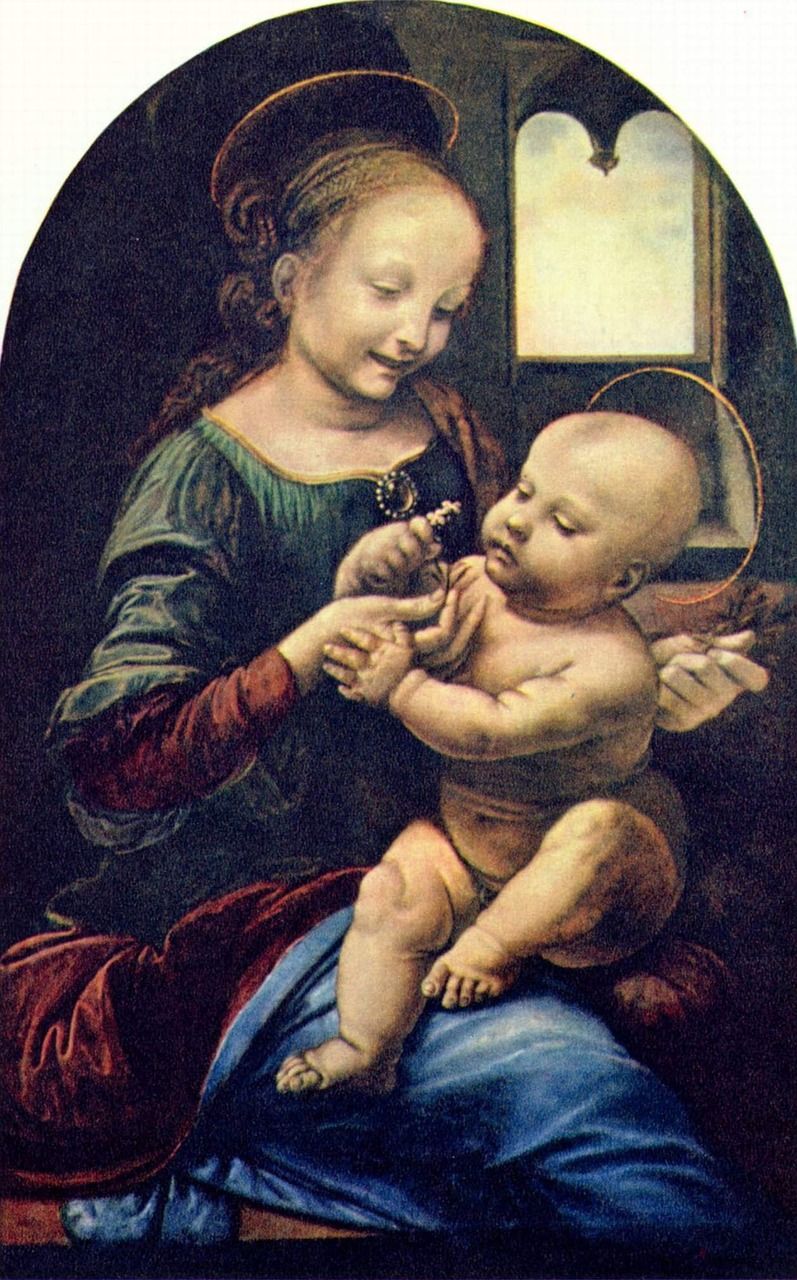Jane Austens Pride and Prejudice: A Timeless Masterpiece

Introduction:
Jane Austen’s Pride and Prejudice is an iconic novel that has captivated readers for centuries. Set in the Regency era of England, this literary masterpiece explores themes of love, marriage, social status, and class in a witty and charming manner. The novel follows the Bennet sisters, particularly the strong-willed Elizabeth Bennet, as they navigate the intricacies of courtship and society. With its memorable characters, engaging plot, and timeless social commentary, Pride and Prejudice continues to enthrall and resonate with readers today.
A Brief Overview:

Pride and Prejudice was published in 1813 and remains one of Austen’s most popular works. It is a remarkable blend of romance and satire, shedding light on the societal expectations and constraints faced by women of the time. The novel’s protagonist, Elizabeth Bennet, challenges these societal norms by maintaining her wit and independence in the face of social pressure to marry for financial security. The story unfolds as Elizabeth encounters various suitors, including the wealthy and proud Mr. Darcy, and navigates the complexities of love and reputation.
Historical Context:
To fully appreciate Pride and Prejudice, it is crucial to understand the historical backdrop against which Austen wrote. The Regency era was a time of significant social and political changes in England. The Napoleonic Wars, the Industrial Revolution, and the rise of the British Empire influenced the dynamics of society. Austen’s novel provides insights into the lives of the landed gentry, depicting their attitudes, aspirations, and challenges.
Over Time:
Pride and Prejudice initially received mixed reviews upon its release. Some critics dismissed it as mere “woman’s fiction,” while others appreciated Austen’s razor-sharp wit and social commentary. However, the novel gained popularity in the Victorian era, as readers began to recognize its literary merits and enduring themes. It has since become a classic, inspiring countless adaptations in various forms, including film, television, and even musicals.
Adaptations and Influence:
Pride and Prejudice’s enduring appeal is evident in the numerous adaptations it has spawned over the years. From the 1940 film starring Greer Garson and Laurence Olivier to the beloved 1995 BBC miniseries featuring Jennifer Ehle and Colin Firth as Elizabeth Bennet and Mr. Darcy respectively, each adaptation brings its own interpretation of the characters and story. These adaptations not only introduce new generations to Austen’s work but also contribute to the ongoing dialogue surrounding the themes explored in the novel.
Influence in Literature and Beyond:
Pride and Prejudice’s impact extends beyond the realm of literature. The novel has inspired countless authors, from contemporary romance writers to renowned literary figures. Its influence can be seen in novels such as Bridget Jones’s Diary by Helen Fielding and Eligible by Curtis Sittenfeld, which reimagine the story in modern settings. The enduring popularity of Austen’s work also extends to academia, where scholars continue to analyze its themes, language, and significance in the literary canon.
In conclusion, Jane Austen’s Pride and Prejudice remains a cherished literary gem that continues to captivate readers to this day. Its exploration of love, marriage, and societal expectations transcends time and resonates with audiences across generations. Whether through the original novel or its various adaptations, Pride and Prejudice offers a delightful and thought-provoking journey into a world where wit, romance, and social commentary converge.
Sources:
– Austen, Jane. Pride and Prejudice. Penguin Classics, 2003.
– Thompson, Emma. Jane Austen’s Pride and Prejudice: The Relationship Between Texts and Their Audiences. Rodopi, 2009.
– Le Faye, Deirdre. Jane Austen: A Family Record. Cambridge University Press, 2004.
– Jones, Hazel. Jane Austen and Marriage. Continuum, 2009.
Featured Snippets:
1. Pride and Prejudice is a novel by Jane Austen published in 1813.
– The novel explores themes of love, marriage, social status, and class in Regency-era England.
2. The protagonist, Elizabeth Bennet, challenges societal norms and seeks love based on personal connection rather than financial security.
– She encounters the proud and wealthy Mr. Darcy, leading to a journey of self-discovery and romance.
3. Pride and Prejudice gained popularity in the Victorian era and has remained a beloved classic to this day.
– Its enduring appeal is evident in its numerous adaptations in film, television, and literature.
4. Austen’s novel continues to inspire authors and scholars, with its themes of love, societal expectations, and independent-thinking resonating with audiences across time.
5. Pride and Prejudice provides insights into the Regency era and the challenges faced by women in a changing society influenced by wars and industrialization.
– Its depiction of the landed gentry offers a glimpse into the aspirations and limitations of the time.
6. The novel’s adaptations, including the iconic 1995 BBC miniseries, have brought new interpretations of the characters and story to wider audiences.
7. Pride and Prejudice’s influence extends beyond literature, inspiring contemporary authors and sparking ongoing academic discussions on its significance in the literary canon.
8. Jane Austen’s wit, engaging plot, and memorable characters make Pride and Prejudice a timeless masterpiece that continues to enchant readers today.





